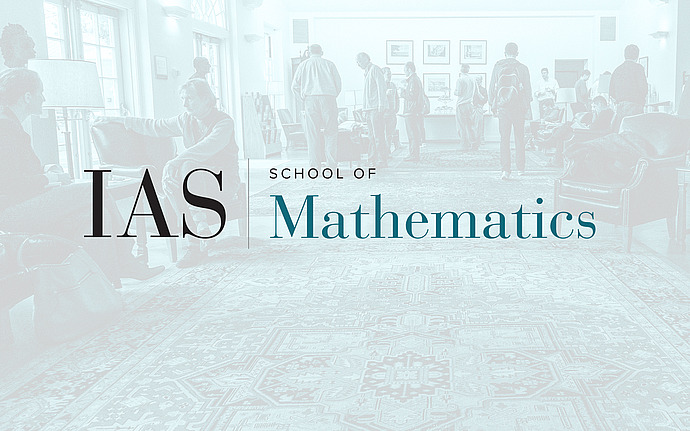
Marston Morse Lectures
The Codimension Barrier in Incidence Geometry
Incidence geometry is a part of combinatorics that studies the intersection patterns of geometric objects. For example, suppose that we have a set of L lines in the plane. A point is called r-rich if it lies in r different lines from the set. For a given L and a given r, how many r-rich points can there be? This question is answered by a theorem of Szemer\'edi and Trotter from the early 80's. Different generalizations of this theorem are a central topic in incidence geometry. For example, it would be interesting to know what happens if we consider k-planes in $\mathbb{R}^n$ instead of lines in the plane. In particular there is a new difficulty for objects of codimension > 1, such as lines in $\mathbb{R}^3$. We explain why this type of problem is hard to understand using previous methods, and how the polynomial method has helped break the `codimension barrier'.